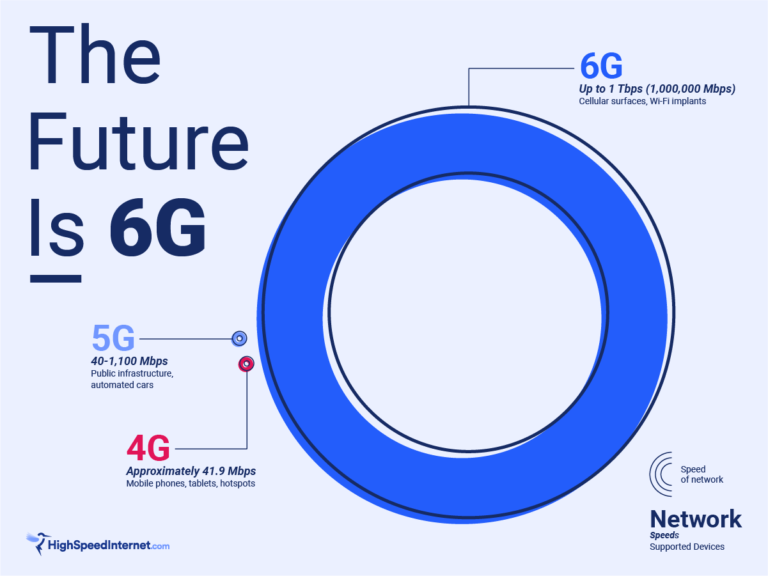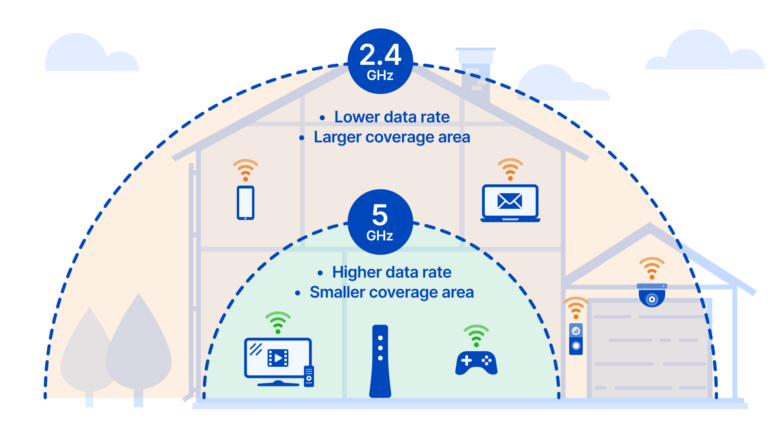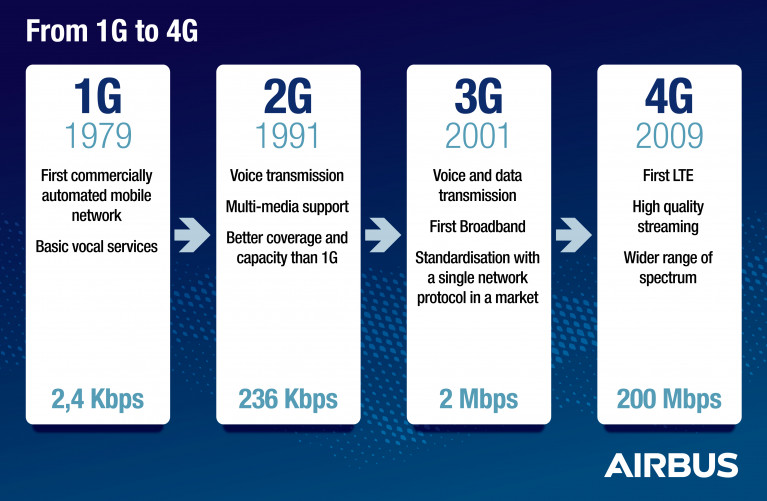What Is Machine Learning And Artificial Intelligence In Short Notes?
Machine Learning and Artificial Intelligence are two closely related fields of technology which are both focused on the development of intelligent systems. Machine Learning is a type of Artificial Intelligence which allows machines to learn from data and use that knowledge to improve their performance. Artificial Intelligence is the broader concept of machines being able to carry out tasks in a way that we would consider “intelligent”. Artificial Intelligence can be used to automate mundane or repetitive tasks, create models to predict and anticipate future events, and even create autonomous systems that can make decisions without human input. Both Machine Learning and Artificial Intelligence are becoming increasingly important in the modern world, and their applications are becoming more widespread.
What is Machine Learning?
Machine Learning (ML) is a type of artificial intelligence (AI) that enables computers to learn from data without being explicitly programmed. ML algorithms use data to build models, which are used to make predictions about future outcomes. ML is an iterative process where algorithms are used to detect patterns in data and then use those patterns to make decisions. ML is often used in data-driven applications such as predictive analytics, natural language processing, image recognition, and computer vision.
AI, on the other hand, is a type of technology that enables machines to mimic human behavior. AI-powered systems can understand, reason, plan, and act autonomously. AI is often used to solve complex problems that are difficult for traditional algorithms to solve. AI is often used in robotics, autonomous vehicles, and smart home applications.
Both ML and AI are powerful tools that can be used to solve complex problems. ML is used to create accurate models that can be used to make predictions, while AI is used to create intelligent systems that can reason and act autonomously. Both technologies have the potential to revolutionize the way we interact with the world around us.
Types of Machine Learning
and Artificial Intelligence (AI) have been around for decades, but have recently gained a lot of attention due to their potential to revolutionize the way we interact with technology. Machine Learning and Artificial Intelligence are two distinct branches of technology and have different approaches and goals. Machine Learning is a form of data analysis and AI involves the use of algorithms to develop intelligent computer programs.
Machine Learning is a subset of AI technology and it focuses on analyzing data to make predictions and decisions. It uses algorithms that learn from the data, identify patterns, and make decisions based on the analysis. Machine Learning can be used to automate tasks, such as recognizing images, detecting fraud, and providing automated customer service.
On the other hand, Artificial Intelligence is a broader field of study that uses algorithms to develop intelligent computer programs. It is used to solve complex problems that require reasoning and decision making. AI can be used to create self-driving cars, medical diagnosis, and stock trading.
In conclusion, Machine Learning and Artificial Intelligence are two distinct types of technology that are both used to create intelligent machines. Machine Learning focuses on analyzing data to make decisions and AI focuses on creating intelligent computer programs. Both technologies have the potential to revolutionize the way we interact with technology and provide greater convenience and efficiency.
What is Artificial Intelligence?
Artificial Intelligence (AI) is the development of computer systems able to perform tasks that normally require human intelligence. It is the science of creating intelligent machines, using algorithms, data science, and machine learning. AI technologies can include natural language processing, image recognition, robotics, and computer vision. AI can be used for a variety of applications such as to simulate human behavior, solve complex problems, and automate processes. AI has become increasingly popular in a variety of industries due to its ability to help businesses make more informed decisions, provide better customer service, and increase efficiency.
What is Machine Learning?
Machine Learning is a subset of AI that allows computers to learn from data. It is the process of extracting patterns from data and using those patterns to make predictions. Machine learning algorithms use the data to build models that help them to identify patterns and make predictions. Machine learning can be used to solve complex problems such as medical diagnosis, stock market predictions, and autonomous driving. It can also help identify customer preferences, detect fraud, and improve customer service. Machine learning algorithms can be used to improve a variety of business processes, from marketing to customer service.

Types of Artificial Intelligence
The ever-evolving field of Artificial Intelligence (AI) is a broad term used to describe the capabilities of machines that are able to learn, reason, and make decisions. AI is an interdisciplinary science that combines computer science, psychology, philosophy, and linguistics. It is used to create or simulate intelligent behavior in machines. AI can be broken down into two main categories: Machine Learning (ML) and Artificial Intelligence (AI).
Machine Learning is a branch of AI that focuses on computers learning from data and making decisions without being explicitly programmed to do so. ML algorithms can be used to identify patterns in data, predict future outcomes, and make decisions based on the data. Examples of ML include facial recognition, natural language processing, and self-driving cars.
On the other hand, Artificial Intelligence is the process of creating machines that can think like humans and solve problems. AI can be used to automate repetitive tasks, control robots, and predict outcomes. AI is a broad field that covers many different technologies such as speech recognition, natural language processing, and computer vision.
In conclusion, Machine Learning and Artificial Intelligence are two branches of AI that have a wide range of applications. ML is used to identify patterns in data and make decisions without explicit programming, while AI is used to create machines that think like humans and solve problems. Both have the potential to revolutionize the world and make our lives easier.
Machine Learning and Artificial Intelligence in Practice
are two of the most talked about and disruptive technologies of our time. Machine Learning (ML) is a form of artificial intelligence that enables computers to learn from data without being explicitly programmed. Using algorithms, it can detect patterns in data and use them to make decisions. AI, on the other hand, is a broader concept that covers the ability of machines to think and act like humans. It involves the use of algorithms, data, and machine learning to create intelligent systems that can perform tasks that would otherwise be impossible for humans to do.
ML and AI have already had a tremendous impact on many industries, from healthcare to finance, and are expected to continue to revolutionize the way we work and live. ML is used to identify patterns in data to make predictions and decisions, while AI is used for more complex tasks, such as natural language processing, image recognition, and more. AI also includes the use of robotic process automation (RPA) to automate mundane, repetitive tasks. Both ML and AI are being used in a wide variety of applications, from self-driving cars to smart home devices.
In summary, Machine Learning and Artificial Intelligence are two of the most important technologies of our time, with applications in many industries. ML is used to recognize patterns in data to make predictions and decisions, while AI is used for more complex tasks, such as natural language processing, image recognition, and robotic process automation. Together, they are revolutionizing how we work and live.
Challenges in Implementing ML and AI
Machine Learning (ML) and Artificial Intelligence (AI) are two technologies that have become increasingly popular in recent years. These technologies have proven useful in a variety of applications, from healthcare to finance, but their implementation in the real world is not always straightforward. AI and ML can come with a variety of challenges that must be addressed in order for these technologies to be successful.
Perhaps the greatest challenge in implementing ML and AI is the lack of data. Many AI and ML applications require large amounts of data in order to accurately learn patterns and make predictions. Without enough data, the algorithms may not be able to “learn” effectively and may not be able to accurately predict outcomes. Additionally, the data must be accurate and up-to-date in order for the algorithms to be successful.
Another challenge is the lack of understanding of the technologies. AI and ML are complex systems, and many organizations may not have the necessary expertise to implement these technologies successfully. Organizations must invest in training and education in order to ensure their employees are knowledgeable about the technologies and can implement them effectively.
Finally, AI and ML can be expensive to implement and maintain. Organizations must invest resources in the form of computing power and personnel in order to ensure the technologies are effective. Additionally, the algorithms must be regularly maintained and updated in order to ensure they are running correctly.
In conclusion, while AI and ML can be incredibly powerful technologies, their successful implementation requires careful consideration of a variety of challenges. Organizations must invest resources in data, training, and computing power in order to ensure their implementation of these technologies is successful.
FAQs About the What Is Machine Learning And Artificial Intelligence In Short Notes?
Q1. What is the difference between Machine Learning and Artificial Intelligence?
A1. Machine Learning is a subset of Artificial Intelligence that focuses on algorithms that can learn from data, while Artificial Intelligence is a broader field that encompasses a variety of approaches to solving problems.
Q2. How does Machine Learning work?
A2. Machine Learning algorithms use data to identify patterns, which they then use to make predictions or decisions. The algorithms learn from the data, and they improve with more data and experience.
Q3. What are some applications of Machine Learning and Artificial Intelligence?
A3. Machine Learning and Artificial Intelligence are used in a variety of industries, including healthcare, finance, retail, and transportation. They are used to automate processes, analyze data, and make predictions.
Conclusion
In short, Machine Learning and Artificial Intelligence are two cutting-edge technologies that are revolutionizing the way we interact with computers. Machine Learning is a type of artificial intelligence that enables computers to learn from data and make predictions. Artificial Intelligence, on the other hand, is a broader term that encompasses the use of computers to understand and reason about the environment and solve complex problems. Both technologies are being used in a wide range of industries including healthcare, finance, security, robotics, and more. Together, Machine Learning and Artificial Intelligence are helping us to make better decisions and automate mundane tasks.



